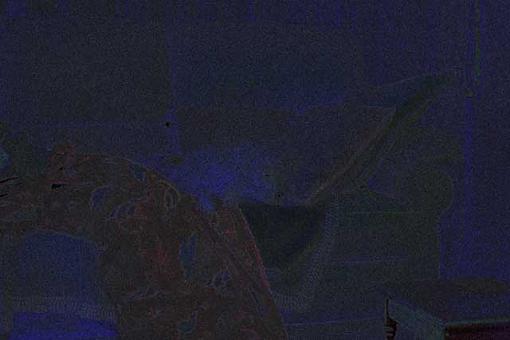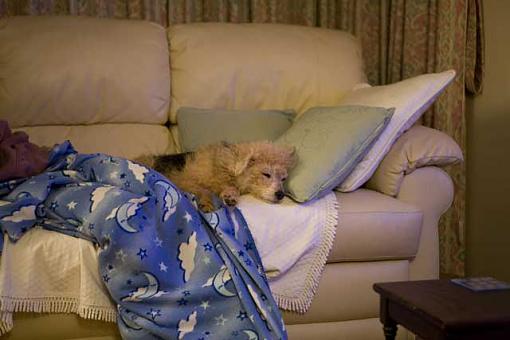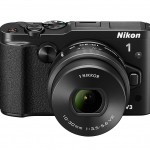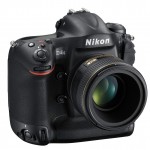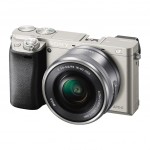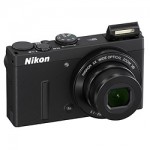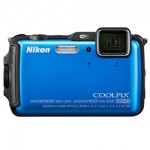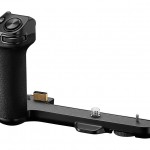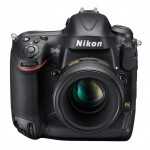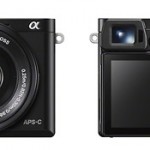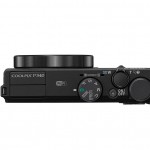A JPEG is a compression file, but exactly what does that mean, and what exactly are "thumbs?"
A few years ago, before most computers became so powerful, a lot of companies sold file compression software. I had one, and I could compress little used files to a fraction of what they were, and if later I needed that file, or part of it, I could decompress the files to their original size.
Is JPEG compression similar to that, and are "thumbs" the compressed information, or at least a portion of it, that was originally recorded by a camera's sensor? And, when expanding a compressed JPEG by converting it to a much larger TIFF file, does the software expand upon the original information (thumbs) to decompress files similar to what those old file compression programs did with word files and such?




 LinkBack URL
LinkBack URL About LinkBacks
About LinkBacks



 Reply With Quote
Reply With Quote

